There comes a time when a journey must be embarked upon, a time when unfamiliar territory presents obstacles that one is unprepared for. Such a time is by no means desirable, but there is something to be said for the relief that refuge provides. But can relief be found when tragedy rears its ugly head? And can a seemingly idyllic forest provide shelter when it is inhabited by an evil spirit? Such questions provide answers during the course of Eyes of Fire, answers that are conveyed by way of hallucinatory visions, the witch’s influence, and paranoia that occurs among the characters.
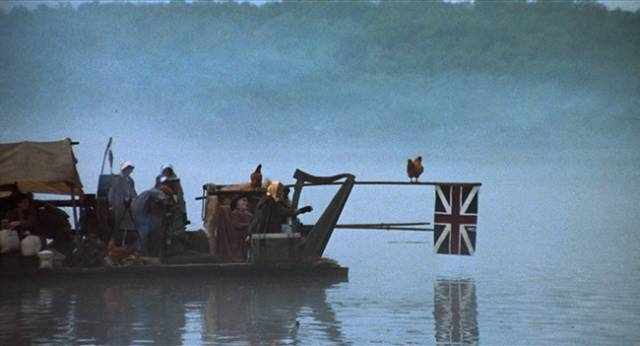
There are, as I mentioned, hallucinatory visions; visions that the preacher and his followers are plagued by to the point where the line between what is real and what is unreal is blurred. This is well conveyed, particularly during Will and Jewell’s encounter with a being that resembles a cow, which illustrates the extent of the witch’s influence, as well as the fact that they are indeed in the midst of a milieu in which the presence of evil juxtaposes with the beauty of the forest. This is why the visuals are as striking as they are, especially when inverted colors are implemented during the night scenes, which, due to the witch’s appearance, are all the more effective.
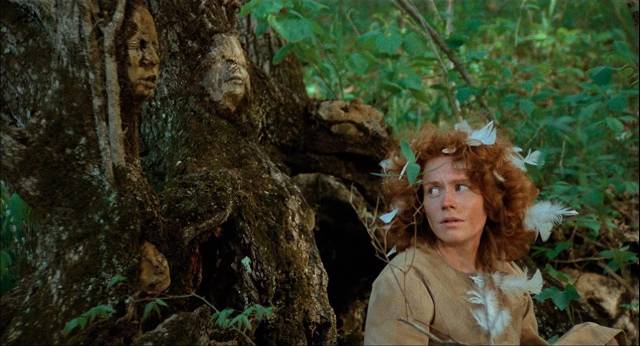
The score is eerie yet tense, a winning combination considering that suspicion is aroused as to whether the preacher’s followers are in fact faithful. Some, particularly the women, are perceived as witches, which, in addition to giving rise to paranoia, illustrates that in spite of being tight-knit, there is division among the flock. There’s also the fact that the film is rife with atmosphere, which the score accentuates well.
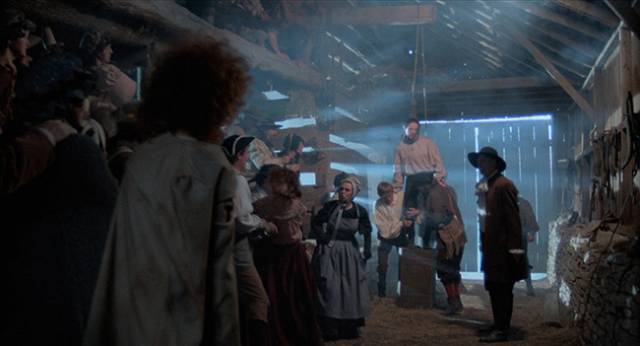
Eyes of Fire is a chilling yet beautiful piece of folk horror that doesn’t fail to fascinate, so give it a whirl or the witch will capture you. That’d be unfortunate, now wouldn’t it?

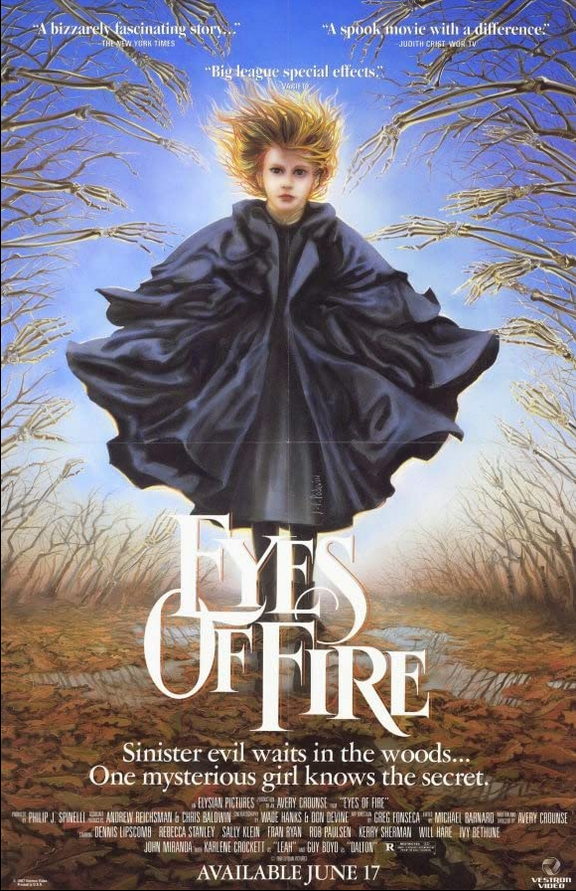
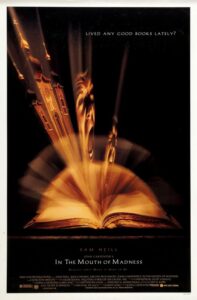
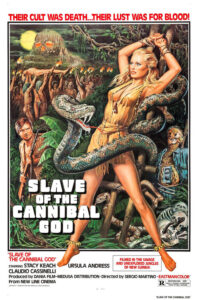
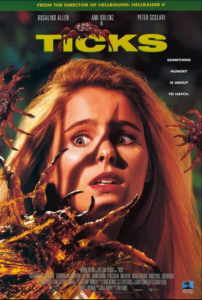
No comments! Be the first commenter?